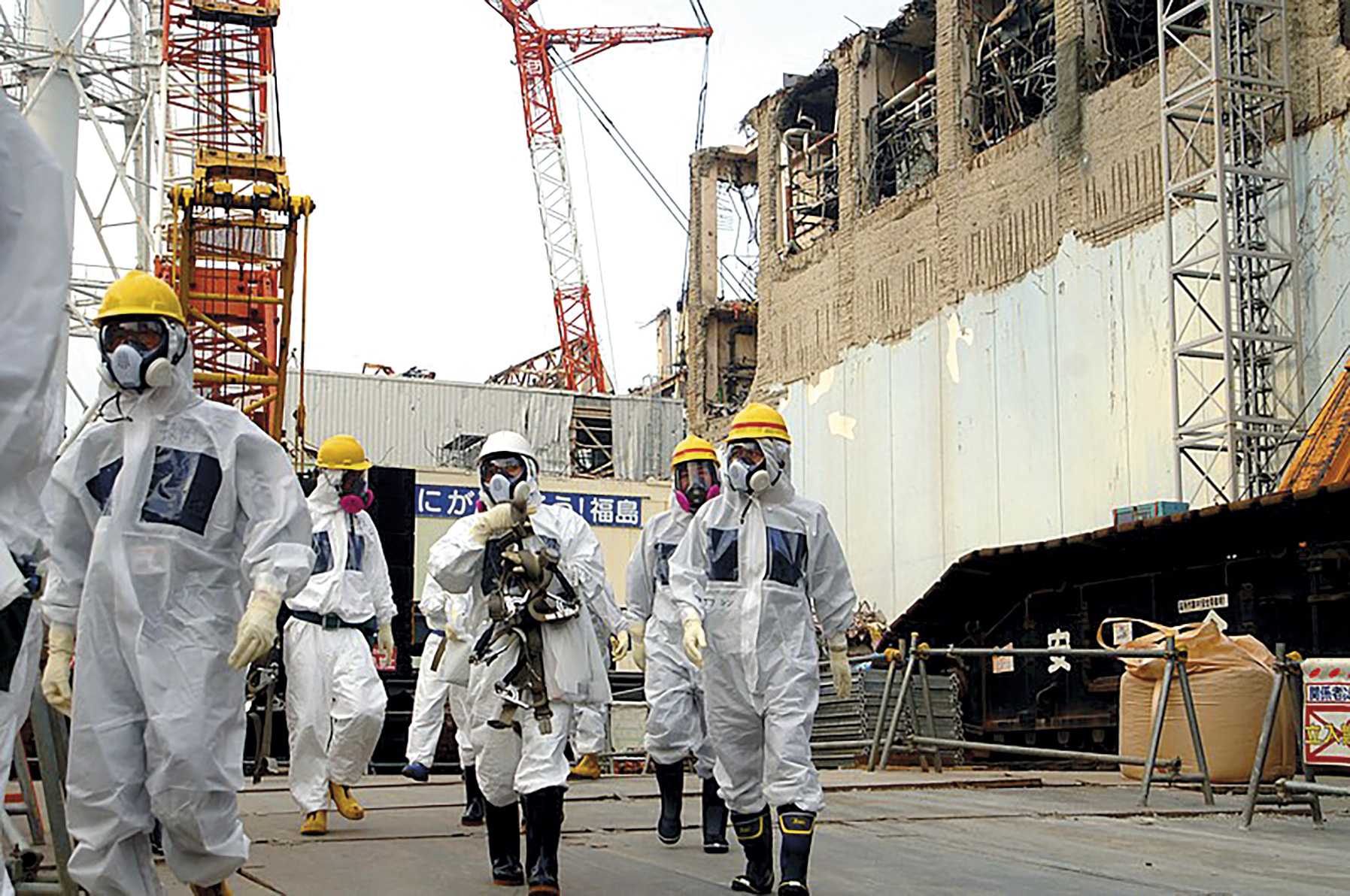Subatomic particles in the search for Fukushima fuel

On 11 March, four years will come after the explosion of the Fukushima nuclear power plant in Japan. Researchers agree that this is the most polluting nuclear accident in history, but they do not agree on the consequences it will have. Assessing the consequences so far is difficult, as radiation has not stopped flowing for the time being, both in the air and in the water.
The company TEPCO, in charge of the management of Fukushima, said it would take more than 40 years to dismantle the plant, demonstrating that the current generation will not be able to deal with the problem. In these lines we have once mentioned that the plant will become a space for scientific testing, with all the negative and good consequences that this entails. The truth is, there was no other way out.
In this context, there is the last attempt made at the power plant. It is known that the areas of three Fukushima reactors have been dismantled, but not the location of the fuel. Before taking any action to get it out, you have to know where it is and to do so you want to look for the clue of the subatomic particles called muoi.
Every minute and every square metre, 10,000 muons cross the Earth and are only trapped when they encounter a few substances, such as uranium or plutonium. Detectors have been installed to detect the presence of the hills passing through the reactor and are intended to create a map of possible places where there may be fuel fragments. This technology has been used, for example, to get the interior image of some volcanoes.
Only one test will be carried out at the moment. The Japanese Government, by the way, has already warned in advance that the result of the measurement will not be perfect. Small samples of fuel will not be detected, and the same will be the case with those found at greater depth.

























